Contents
The fashion industry is currently one of the main causes of environmental pollution. Fast fashion, specifically, has a dramatic impact on the environment: its huge non-sustainable factories create a great part of the severe environmental pollution around us. The production of synthetic materials is a typical trait of this industry. Synthetic fabrics are made from chemically synthesized petroleum waste, and, for the most part, impossible to recycle. This results in enormous amounts of waste produced yearly, and consequent waste-generated pollution. Fast fashion brands are making a large use of synthetics. But are there valid alternatives to fast fashion?
Why are natural fibers better?
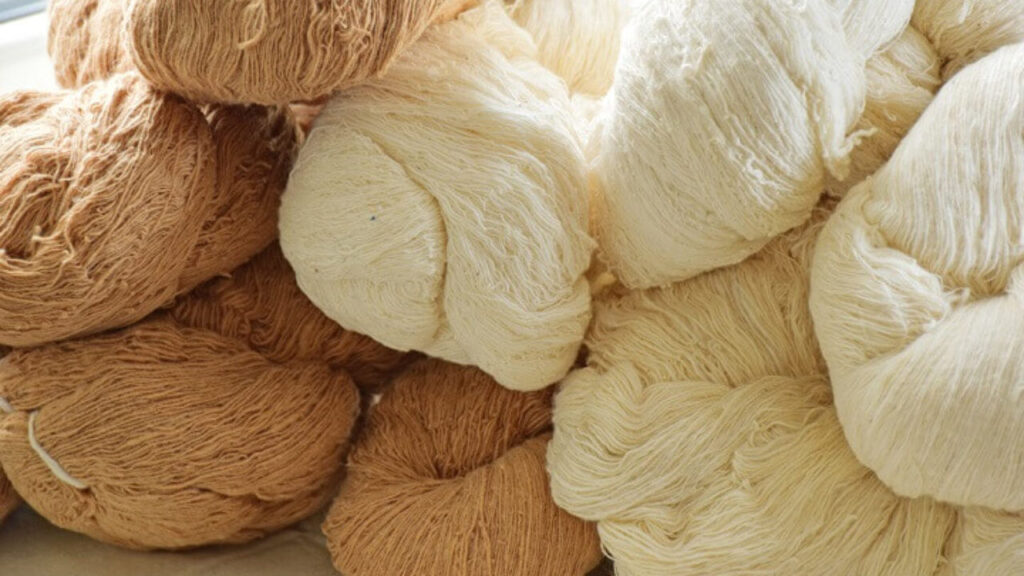
In this grim scenario, using and producing natural fibers instead of synthetic fabrics appears as a welcome alternative. Provided the processing cycles used to produce the fabrics are sustainable. Fabric innovations are rolling out year after year and most of them are nowadays sustainable alternatives.
Natural fibers can be harvested from
Some companies have chosen a novel, pioneering approach to sustainability: creating cutting-edge innovative fabrics made with natural vegetable fibers, mainly food-derived waste, instead of simply using the currently existing ones. Apart from cotton, linen, hemp and viscose, here is a list of plants natural fibers can be harvested from. Those “new fabrics” recently discovered or re-discovered are ramie, kenaf, sisal, jute, flax, bagasse. Innovative brands in the fashion industry are experimenting and producing yarns coming from bananas, kapok, abaca, pineapple, baca, bamboo, cora, coconut, eucalyptus, raffia palm, agave… and even soy, because the tofu-manufacturing industry produces waste that can be used to realize protein-based clothes.
What is the goal of the natural fabric texture industry?
What is the goal of the companies dealing with natural fibers? They’re inside the market, so their main goal is to make a profit. But profit can be made even if we respect the environment a little more.
Manufacturing avant-garde sustainable fabrics using farming and production processes that safeguard both the environment and the laborers. This is something you can be aware of just by watching pictures of natural and synthetic fibers‘ production plants. Most of the time the processes involved in the synthetic fibres production are not healthy in terms of what is released into our environment in the form of processing waste and in terms of breathability and skin health.

Vegetable fabric, the new frontier
And so, meticulous research and dedicated endeavors have led to the creation of innovative fabrics made from vegetables, not only their wood pulps – even flowers, roots, bark, fruits can be used efficiently. Those excellent high-quality vegetable fabric produce materials that are capable of replacing the popular, and dreadfully polluting, fabrics on the market.
There’s still a long way to go into vegetable fabrics, as sustainable fashion is concerned, but these new solutions represent a great starting point.
It’s a promising beginning that can lead the way to a new scenario. A fascinating one, where three innovative fabrics definitely stand out.
Innovative vegetable fabric examples: the Orange fiber gives new life to orange waste
A cutting-edge natural fiber born in Sicily, Italy, the kingdom of citrus fruits. Orange fiber is an exclusive, high-quality fabric made from the waste that results from the production of citrus fruit juices. It is an ingenious and extremely versatile sustainably produced fabric that shares many distinctive features with a variety of commonly used artificial fibers. These singular traits allow Orange fiber to meet the needs and requirements of luxury fashion.
Innovative fabrics: banana trees yield a wondrous fabric, Bananatex
A wonderful new fabric that comes to life from the bountiful banana plants that flourish in the Philippines. Bananatex is resistant, lightweight, flexible, entirely biodegradable and waterproof too, thanks to an innovative beeswax coating. Why is Bananatex sustainable? Because the banana trees it’s made from are native plants that grow naturally healthy and strong without chemical byproducts, and supporting these plantations aids reforestation!
Created from the joint efforts of the Swiss brand QWSTION, a Taiwanese yarn specialist and a partner of QWSTION in Taiwan, Bananatex is definitely a textile revolution!
Innovative fibers: Pinatex, superb fabric from pineapple leaves
An outstanding sustainable fabric created by Dr. Carmen Hijosa to replace traditional mass-produced leather, which is terribly polluting. Pinatex, also called ‘pineapple leather’, comes from the fibers obtained by processing a part of the pineapple plant that has forever been a waste product, and hence burned or thrown out: the leaves. The added human value? This brand-new production channel represents a significant additional source of income for Philippine farming communities.
Pictures of natural and synthetic fibres
As many of you may know, Studentsville is a magazine made by an international network of students, researchers… people young at heart, always looking for the best solutions for humans and their environment. At the end of this article, we invite you to take a look at the images below that are pictures of natural and synthetic fibres. Don’t you think it is easy to realize even for people that are not scientists or insiders that natural fibers look more genuine and respectful even from an aesthetic standpoint?

polyester 
acetate 
nylon 
pinatex 
lyocell 
bananatex
We hope you enjoyed our article! If you want to know more about the natural fibres market and what is sustainability reporting, please follow those links. Keep tuned for more information about vegetable fabric and natural fiber rope coming up soon!


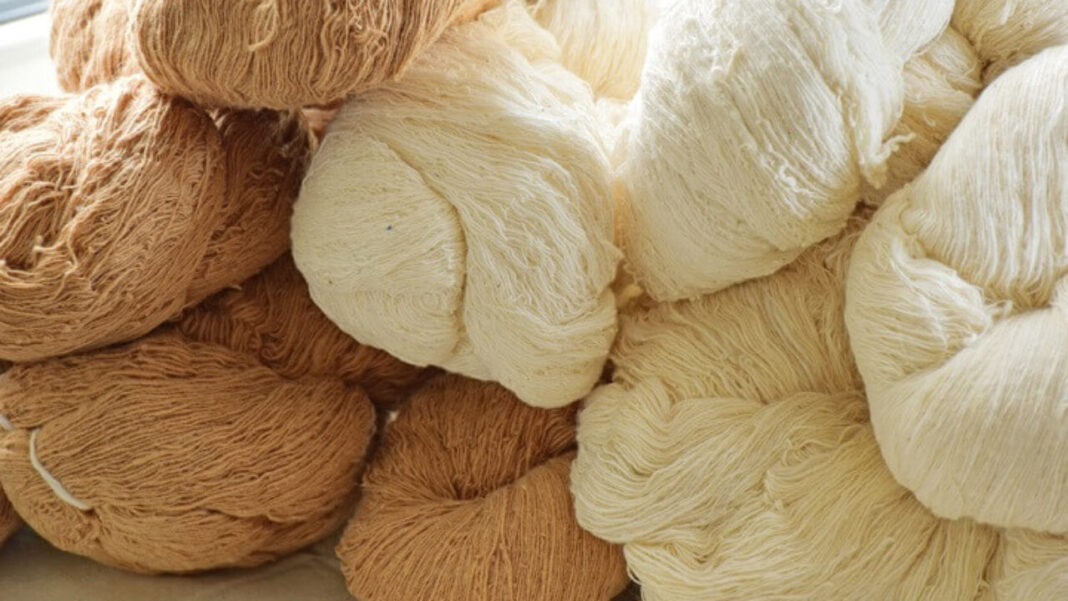
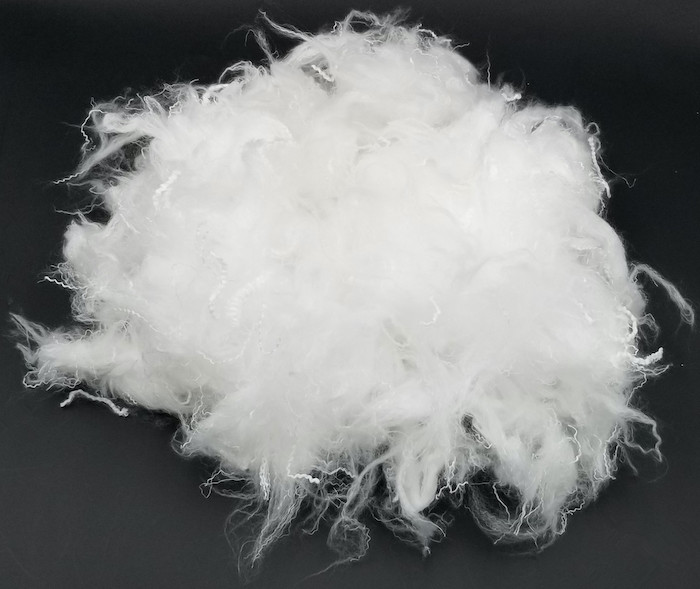
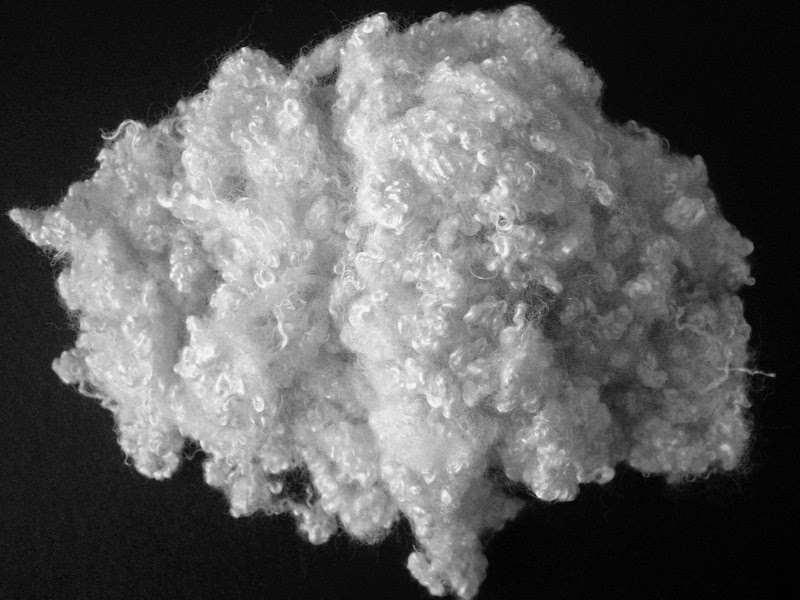

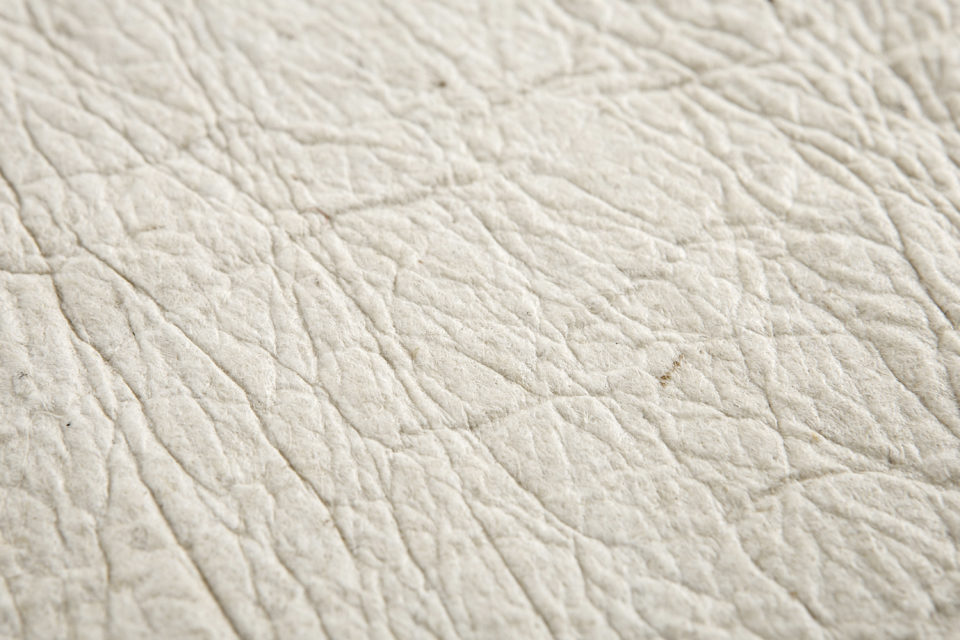
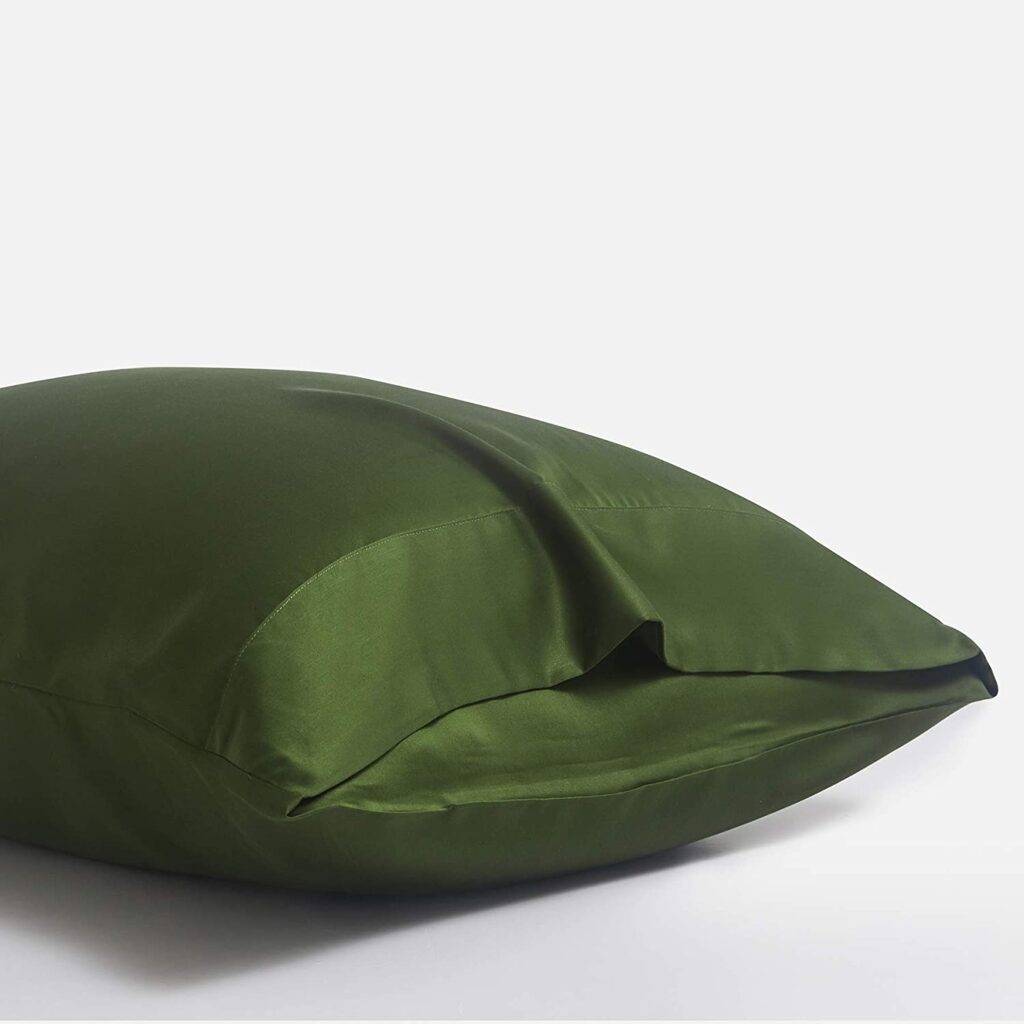


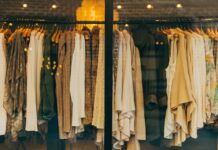


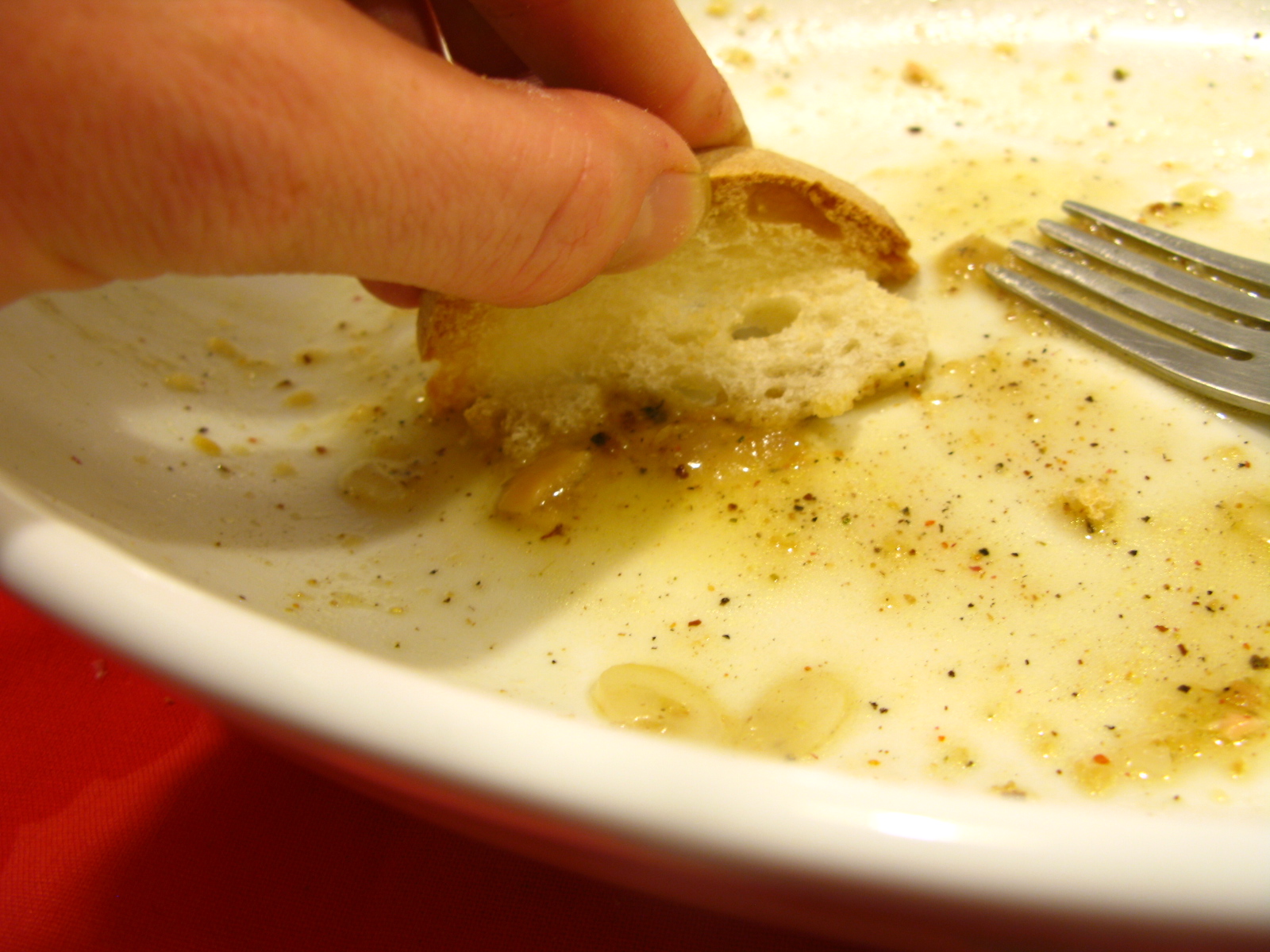



[…] Curious about the topic? Find out our special about the new frontiers of natural fabrics here. […]
[…] Yet, the two concepts do differ. The expression sustainable fashion mainly relates to the manufacturing process, and focuses on selecting raw materials and choosing production techniques that reduce environmental impact and pollution to a minimum. We have covered this topic in this article speaking about natural fibers and sustainable textiles. […]